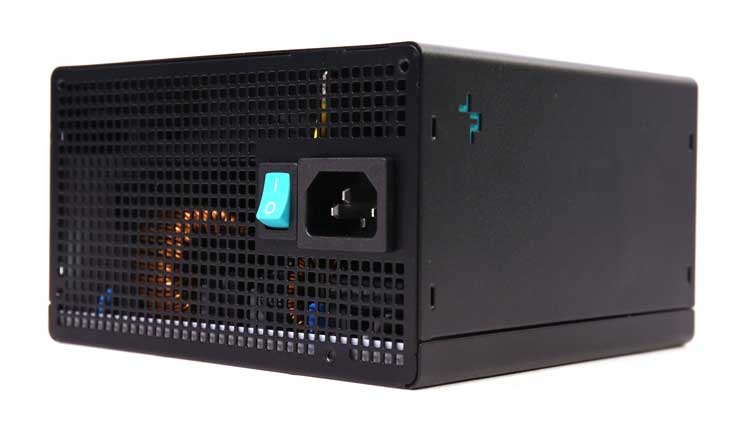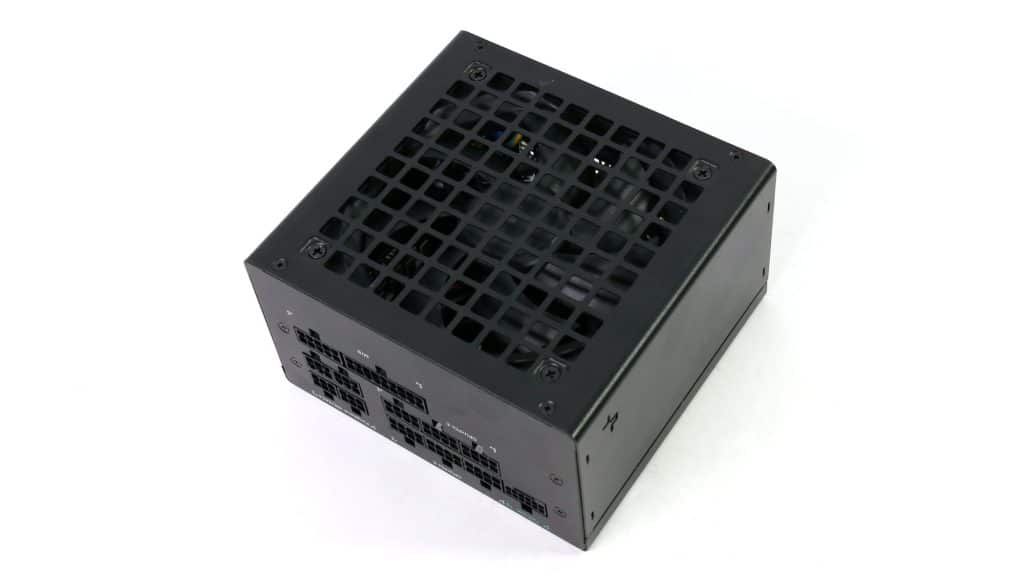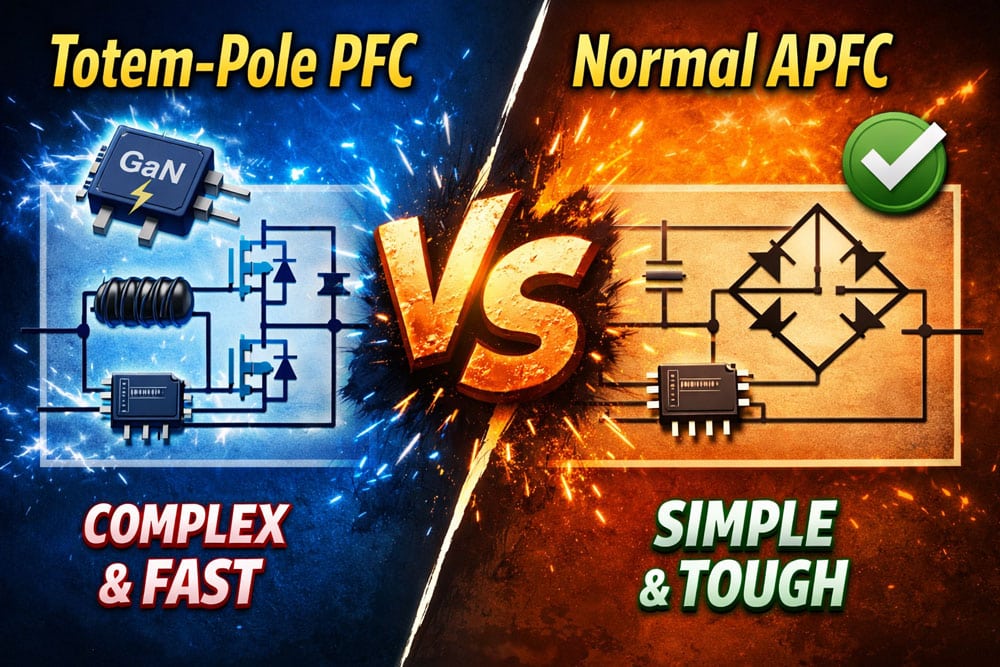Epilogue
The Deepcool PQ850G offers a better option than the PN850M, which uses CWT’s omnipresent CSZ platform. The overall performance is high enough to take the lead from several units in this category, some of which are probably more expensive. Compared to the 1000W and 1200W members of the line, the 850W model achieves a far better performance, for the standards of the corresponding categories. I should note here that the 850W model uses a platform different from that of the strongest members of the line.
Load regulation is within 1% at 12V and 5V but it needs to be tighter at 3.3V. Ripple suppression is decent and the transient response at 12V is very good. It would be nice if efficiency with a 2% load exceeded 70%, as the ATX spec recommends, and efficiency at light loads in general should be higher. The PSU’s average efficiency is satisfactory, and the APFC converter performs well. The 5VSB rail is also highly efficient, and vampire power is low.
The average noise output is close to 36 dBA, which is pretty high. Airflow could be better with a larger PCB and chassis. Using a larger fan would also decrease the average noise output since a larger fan would output the same airflow as a smaller fan but at lower speeds, so its noise would be lower, too. Speaking of the fan, unfortunately, the 850W model uses a lower-quality one compared to the 1000W and 1200W members of the line.
In the protection features section, which is among the most crucial, the things that need attention are the high OCP triggering points on the minor rails and their minimal deviation between cold and hot OCP triggering points. Typically, the triggering points should fall notably under hot conditions to provide better protection.
I don’t know when this PSU will be available in other markets besides the Chinese one, but Deepcool informed me that this will happen this year, and the price will be attractive. If the PQ850G has a lower price than the PN850M, which currently goes for 129 dollars, then it would be a very good choice.
Other 850W ATX v3.x PSU reviews:
- Montech Titan Gold 850W PSU Review
- MSI MPG A1000G PCIE5 ATX v3.1 PSU Review
- XPG Core Reactor II 850W PSU Review
- Thermaltake Toughpower GF A3 850W PSU Review
- XPG KYBER 850W ATX v3.1 PSU Review
- DeepCool PN850M ATX v3.1 PSU Review
Before investing in a new power supply, read my Best ATX v3.x PSUs article to check all alternative PSU offerings. You help me a lot by using my affiliate links, which don’t increase the product’s price. I get a commission from Amazon every time you do it, which can make a difference for me, especially now that I am on my own, working exclusively for my media and not for someone else.
- Delivered full power at 47°C
- ATX v3.1 and PCIe 5.1 ready
- Good build quality
- Good transient response at 12V (ATX v3.1)
- Tight load regulation at 12V and 5V
- Long enough hold-up time
- Low inrush currents
- Well-performing APFC converter
- Properly set 12V OCP and OPP
- Efficient 5VSB rail
- Low standby power
- Alternative Low Power Mode (ALPM) compatible
- Fully modular (individually sleeved cables)
- Enough cables and connectors, including a high-power one (12+4 pin, 600W)
- Compact dimensions (140mm depth)
- OCP triggering points need tuning on the minor rails
- Noisy operation
- Not high-quality cooling fan
- Lower than 70% efficiency with a 2% load
- Mediocre transient response on the minor rails
- Loose load regulation at 3.3V and 5VSB
- EPS cables should be 650mm long
- Short distance (120mm) between peripheral connectors



